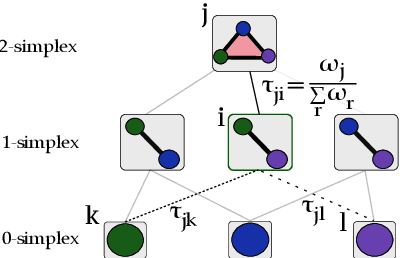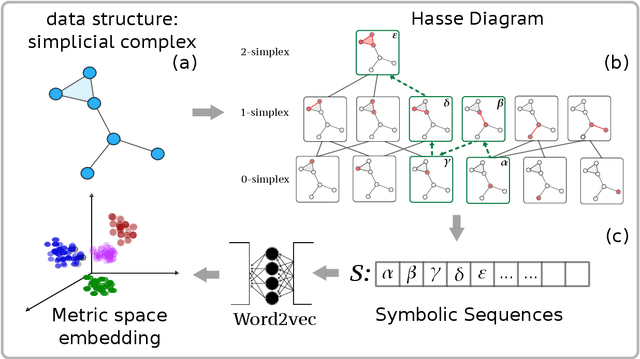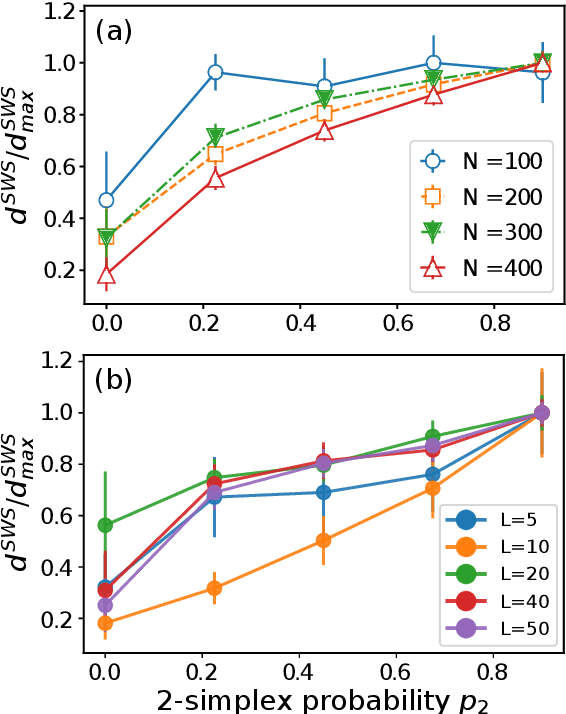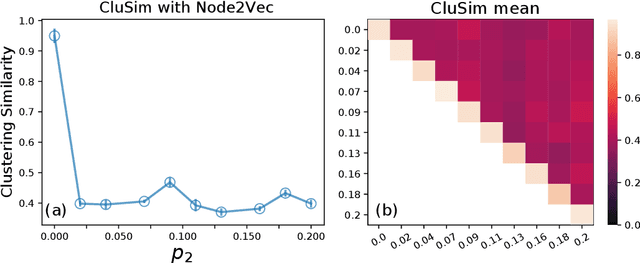Adrian Onicas
Style transfer between Microscopy and Magnetic Resonance Imaging via Generative Adversarial Network in small sample size settings
Oct 16, 2023Abstract:Cross-modal augmentation of Magnetic Resonance Imaging (MRI) and microscopic imaging based on the same tissue samples is promising because it can allow histopathological analysis in the absence of an underlying invasive biopsy procedure. Here, we tested a method for generating microscopic histological images from MRI scans of the corpus callosum using conditional generative adversarial network (cGAN) architecture. To our knowledge, this is the first multimodal translation of the brain MRI to histological volumetric representation of the same sample. The technique was assessed by training paired image translation models taking sets of images from MRI scans and microscopy. The use of cGAN for this purpose is challenging because microscopy images are large in size and typically have low sample availability. The current work demonstrates that the framework reliably synthesizes histology images from MRI scans of corpus callosum, emphasizing the network's ability to train on high resolution histologies paired with relatively lower-resolution MRI scans. With the ultimate goal of avoiding biopsies, the proposed tool can be used for educational purposes.
* 2023 IEEE International Conference on Image Processing (ICIP)
Simplex2Vec embeddings for community detection in simplicial complexes
Jun 21, 2019



Abstract:Topological representations are rapidly becoming a popular way to capture and encode higher-order interactions in complex systems. They have found applications in disciplines as different as cancer genomics, brain function, and computational social science, in representing both descriptive features of data and inference models. While intense research has focused on the connectivity and homological features of topological representations, surprisingly scarce attention has been given to the investigation of the community structures of simplicial complexes. To this end, we adopt recent advances in symbolic embeddings to compute and visualize the community structures of simplicial complexes. We first investigate the stability properties of embedding obtained for synthetic simplicial complexes to the presence of higher order interactions. We then focus on complexes arising from social and brain functional data and show how higher order interactions can be leveraged to improve clustering detection and assess the effect of higher order interaction on individual nodes. We conclude delineating limitations and directions for extension of this work.
 Add to Chrome
Add to Chrome Add to Firefox
Add to Firefox Add to Edge
Add to Edge